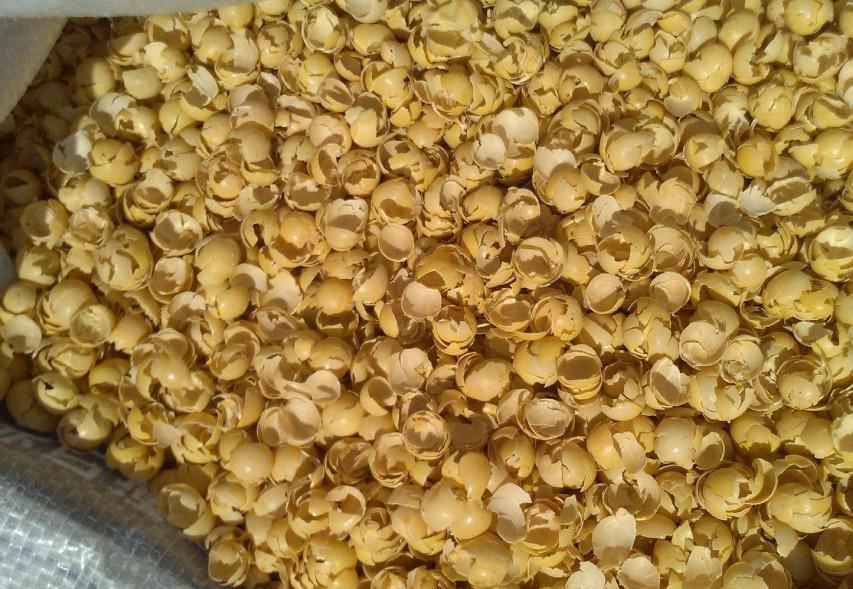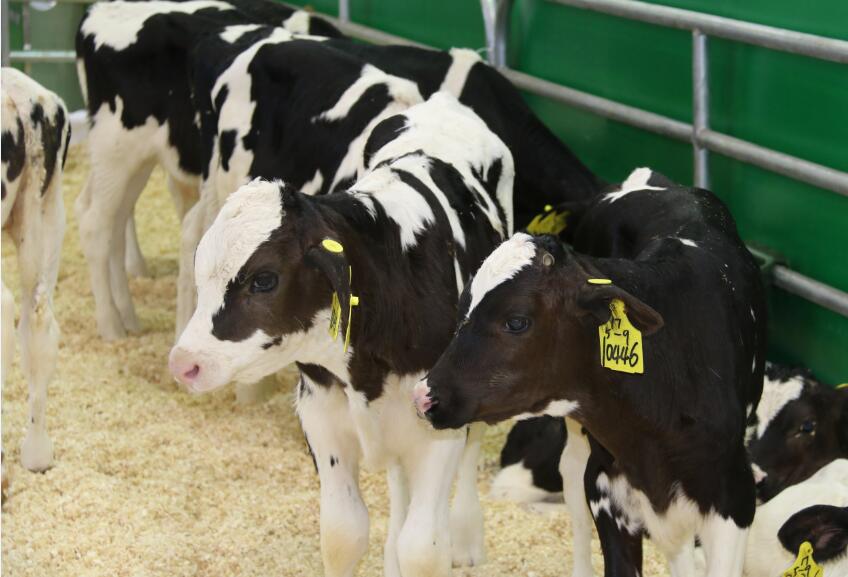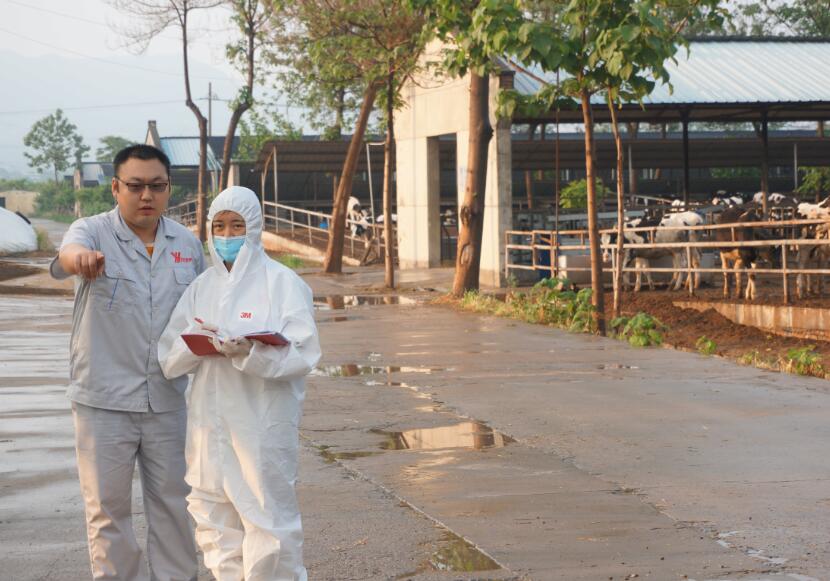Rough feed is an important energy source for ruminants. With the continuous expansion of the scale of animal production, the demand for rough feed has increased rapidly. However, due to the poor quality of rough feed, the production performance of ruminants has been greatly restricted. To meet the growth of ruminants For the demand of roughage, the discovery of high-quality roughage instead of inferior roughage and cereal feed has very important practical significance for the current ruminant production. Soybean hulls are a by-product of soybean processing. They are used as a substitute for cereal feed and other roughages in ruminants and other animal diets, and are widely used abroad.

Feed value of soybean hulls Soy hulls account for about 8% of the total weight of soybeans and 10% of soybean volume. The main components are plant cell walls and plant fibers. Due to different soybean processing techniques, soybean meal production standards and equipment selection, the nutritional composition of soybean hulls varies greatly. , Crude protein of soybean hulls 11% -18%, crude fiber 25% -36%, NDF 44% -62%; but the lignin content is low, only about 2%, which makes soybean hulls have higher DM and fiber digestion rate. According to reports, the disappearance rate of dry matter of soybean hulls in nylon bags reached 90.3% in 27 hours, and could be completely "digested" in 36 to 48 hours. The digestibility of the soybean skin cell wall is 95%; and the digestion rate is 0.062-0.075 h. The in vitro digestion test of dairy cows showed that the ratio of the dry matter of soybean hulls and the potential digestible components of the cell wall reached 92% and 89%, respectively, and the digestion rate reached 0.072h and 0.063h, respectively. The net energy value of soybean hull milk production (6.11 MJ / kg) is lower than that of corn (7.95 MJ / kg) (NRC, 2001). Soy hulls contain about 14% starch, which is significantly lower than corn (75%). Adding soybean hulls to the feed can also reduce the ruminant metabolic diseases caused by the decrease of rumen pH value, form a good rumen internal environment conducive to microbial fermentation, and enhance rumen digestion.
Due to different processing techniques or equipment, the nutrient content of soybean hulls varies greatly. When choosing to feed soybean hulls, attention should be paid to the determination of their nutritional content, scientific formula, and blind reference to the nutritional data of some information. Raw soybean hulls contain high anti-trypsin factor, which will affect the digestion and growth performance of animals on nutrients. Because there are several types of processing techniques: cold peeling, warm peeling, and hot peeling, you should confirm whether the soybean hulls have been heated to remove anti-nutritional factors before use. If it is raw soybean hulls, it must be heated and cooked to remove its anti-nutritional factors.
Soybean hull has large volume and relatively low density. Direct feeding may be blown away by animal breathing or wind. It can be mixed with water or granulated with molasses. The test results on the feeding effects of different feed forms of soybean hulls are not consistent. Soybean hull fiber content is high, but because soybean hull fiber is easy to digest and rumen-passing speed is fast, it is generally not recommended to be fed as a basic diet alone, should be mixed with other hay feeding, in order to extend the rumen time.
China is a major soybean production country, and its soybean processing capacity is increasing year by year. With the increase in demand for high-quality soybean meal, the output of soybean hulls is considerable. In conditional areas, crushing, wet-feeding or processing granules of soybean hulls to replace appropriate amounts of grain-based feeds and other roughages for simultaneous feeding of ruminants has very broad prospects.





